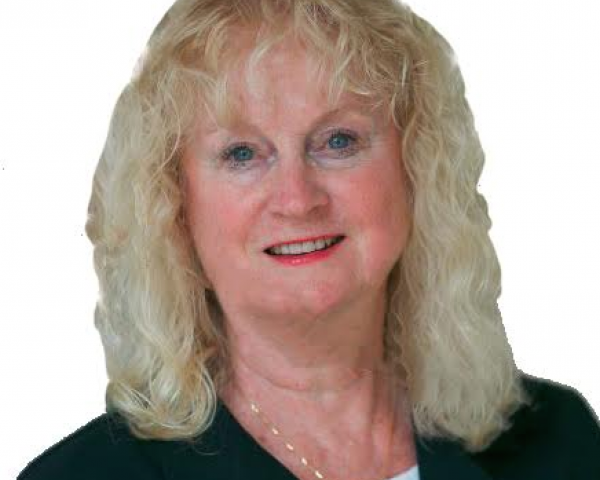Sadly, the insurance-focused news outlets are starting to overflow with references to who is suing whom over certain types of coverage related to the COVID-19 pandemic. There is a growing regulatory and legislative outcry for the insurance industry to pay out in instances where there is no specified coverage or where coverage is actually excluded. Both business and personal lines customers do not fully understand where they are (and are not) covered. It is a pretty dismal picture, and it is going to take a long time to sort all this out. In the meantime, a growing trend provides a glimmer of hope in all this chaos – parametric insurance.
Parametric insurance covers a specific event that can trigger a claim payment based on metrics from a recognized source such as the Richter scale for earthquakes or the number of hours a plane is delayed. While parametric insurance isn’t new – it has been available in emerging nations over the years – usage has been limited and sporadic. During 2019, there were undoubtedly some launches of more mainstream products such as Swiss Re’s Quake Assist product and Sompo’s flood product. However, this month, there have been at least four notable launches or expansions:
- AXA Climate – AXA partnered with Dutch satellite technology firm VanderSat to derive triggers linked to soil moisture levels, enabling drought-related parametric insurance. The same soil reading technology can determine excess moisture, as well, triggering payment in either direction.
- Global Parametrics/Arbol – Global Parametrics, a parametric and index-based disaster risk transfer company, teamed up with Arbol, a technology-driven marketplace that uses blockchain and smart contracts to provide weather risk insurance coverage to smallholder coffee farmers in Costa Rica.
- Parsyl – Parsyl Insurance launched a suite of connected cargo insurance solutions for perishable goods, called ColdCover. Parsyl’s quality-monitoring and risk management platform leverages smart sensors and data analytics to manage the supply chain as well as loss control. The featured product within the company’s new suite is called ColdCover Parametric, which includes customized quality triggers and payout levels.
- Understory – Understory initially launched its Hail Safe product for auto dealerships this past November but rolled it out to a significant number of additional states in April. The product coverage is triggered through the use of Understory’s proprietary hail sensor. Understory partnered with international weather risk manager MSI GuaranteedWeather to bring the product to market.
These examples are stated simply for brevity. But the scenarios are not that simple. For example, the Global Parametrics and Arbol example also includes an ecosystem of related parties in the transaction. And Parsyl provides services and an extensive risk management system so that cargo and fleet owners can manage exposures. From an education perspective, it is worth getting further details on all four scenarios. However, for purposes of this blog, the particularly hopeful note is that all this has happened in one month – the cycle of innovation and response is speeding up.
See also: Keeping Businesses Going in a Crisis
Insurers and technology providers are coming together to find opportunities to create products that have specificity in terms of coverage and payment amounts. This is a very good thing! Insurers need to continue to seek opportunities to innovate in this area. Clearly, not all product lines are appropriate for parametric policies. However, in more instances than not, bringing sensors, aerial imagery, weather data and science to insurance products across all product segments can only help create transparency both in coverage creation and in loss settlement. This needs to be a goal for all insurers.








